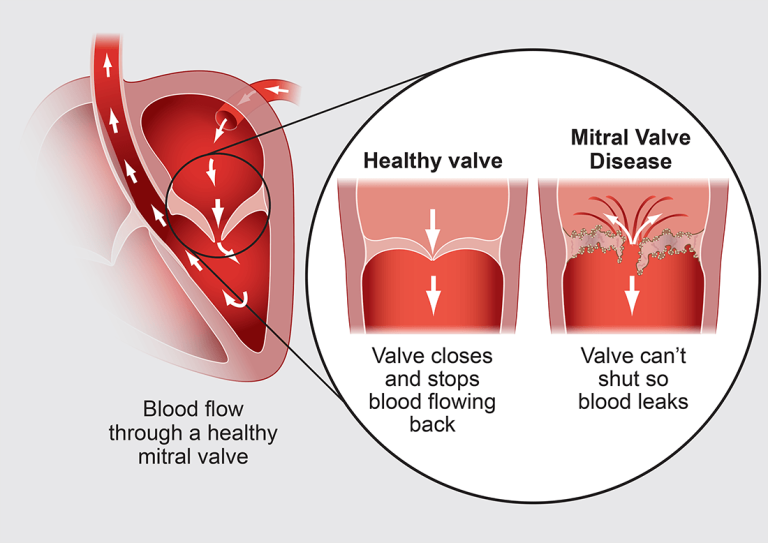
Mitral Valve Disease in Cavalier King Charles Spaniels:
What You Need to Know
What is Mitral Valve Disease?
The mitral valve is one of the four valves in a dog’s heart, located between the left atrium and the left ventricle. It ensures that blood flows in the right direction—into the ventricle and not back into the atrium. In mitral valve disease, this valve becomes thickened or leaky, which can disrupt normal blood flow.
Why Are Cavaliers Affected?
Cavalier King Charles Spaniels are particularly prone to mitral valve disease due to genetic factors. Many Cavaliers start showing signs of MVD as early as 5 years old, and the condition can worsen with age.
The first sign that a dog might have Mitral Valve Disease is the detection of a heart murmur. However, many dogs with heart murmurs can still live long and healthy lives, depending on how the disease progresses in each case. Some dogs that develop murmurs at a young age may still reach the typical lifespan for their breed. When a veterinarian listens to a dog’s heart, they might hear a murmur on the left side. It’s important to remember that heart murmurs can have various causes, and diagnosing MVD depends on where the regurgitation is noted. The veterinarian will grade the murmur’s severity, ranging from Grade 1 (mild) to Grade 6 (severe), and recommend appropriate treatment based on this evaluation. Severe Mitral Valve Disease eventually leads to Congestive Heart Failure. It is important to have your Cavalier’s heart checked annually by a board-certified cardiologist, especially after the age of 5.

Symptoms to Watch For
As a Cavalier owner, it’s important to recognize the signs of mitral valve disease. Common symptoms include:- Coughing: Frequent coughing, especially after exercise or when resting.
- Difficulty Breathing: Rapid or labored breathing can indicate fluid in the lungs.
- Fatigue: Your dog may tire easily or seem less active than usual.
- Decreased Appetite: A drop in interest in food can be a warning sign.
- Weight Loss: Unexplained weight loss can occur as the disease progresses.
- Swollen Abdomen: Fluid buildup in the abdomen may cause swelling.
How is MVD Diagnosed?
If you notice any of these symptoms in your Cavalier, it’s essential to visit your veterinarian. The diagnosis process typically includes:- Physical Examination: Your vet will listen for heart murmurs or irregular heartbeats.
- X-rays: These can show the size of the heart and check for fluid in the lungs.
- Ultrasound: An echocardiogram provides detailed images of the heart’s structure.
- Blood Tests: These can help assess your dog’s overall health.
Treatment Options:
While there is no cure for mitral valve disease, there are treatments that can help manage the condition and improve your dog’s quality of life:- Medications: Your vet may prescribe diuretics to reduce fluid buildup and other medications to support heart function.
- Diet and Exercise: Maintaining a healthy weight is crucial. A balanced diet and regular, moderate exercise can help. Always consult your vet for guidance on what’s appropriate for your dog.
- Regular Vet Check-ups: Frequent visits to the vet will help monitor your dog’s heart health and adjust treatments as needed. In advanced cases, surgery might be an option, but it’s typically considered only for specific situations.
